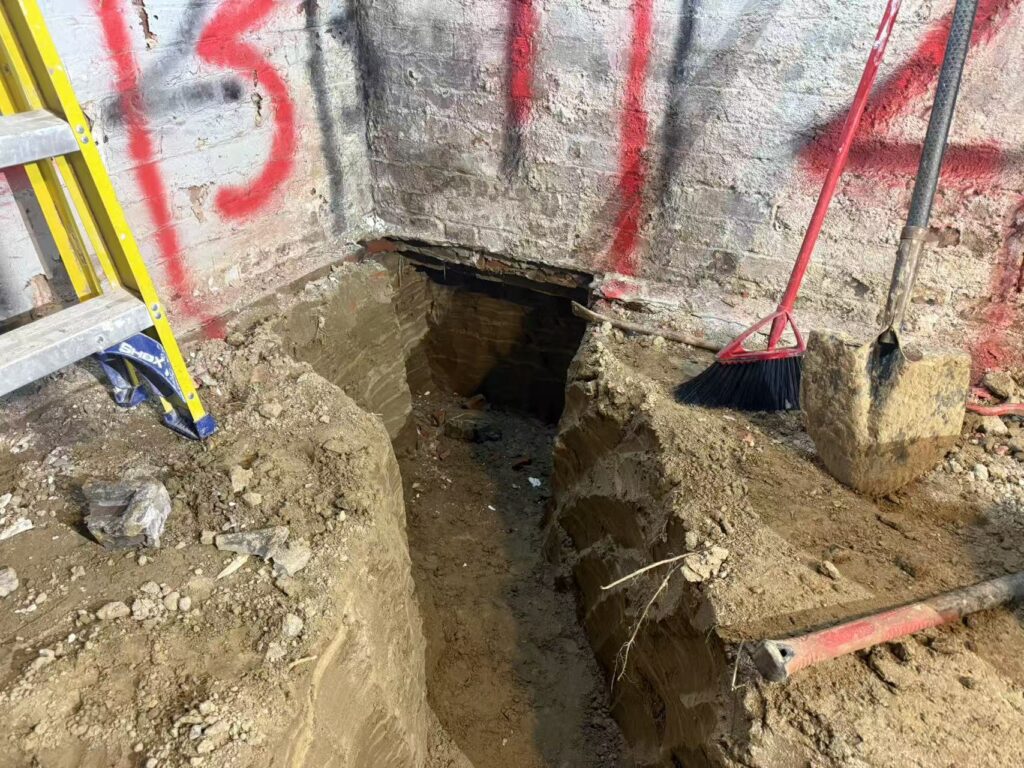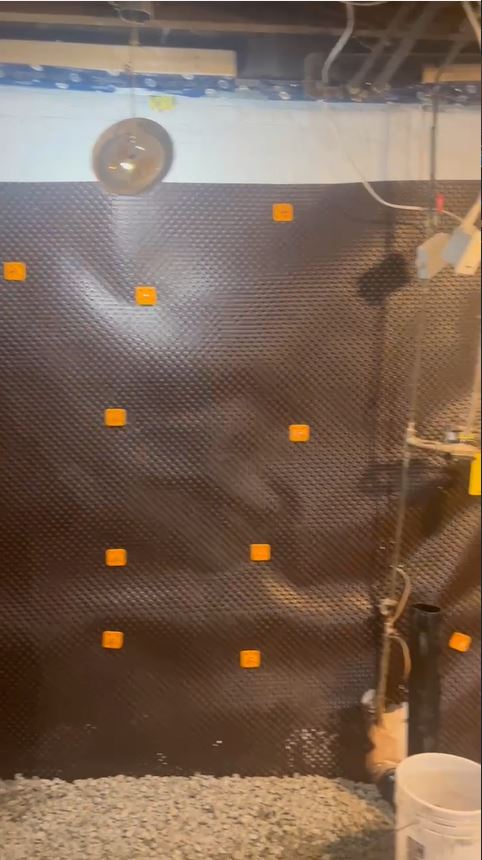Basement Underpinning: Everything You Need to Know
If you’re a homeowner looking to expand your living space, address foundation issues, or increase your property’s value, basement underpinning may be the solution. But what is underpinning, how does it work, and is it worth the investment?
This comprehensive guide covers everything you need to know about basement underpinning — including the process, benefits, and why it’s best left to professionals like B&P Contracting.

What Is Basement Underpinning?
Basement underpinning is a construction method used to deepen a basement and reinforce the home’s foundation. It involves excavating below the existing footings and pouring new concrete supports at a lower depth. This increases ceiling height and improves structural integrity.
Underpinning is especially popular for older homes that were originally built with shallow foundations or basements with low ceilings. It transforms unusable spaces into fully livable areas while increasing the overall strength and value of the home.
Why Would You Need Basement Underpinning?
There are several reasons why homeowners choose to underpin their basements:
1. Create More Usable Living Space
Many basements have low ceilings, making the space uncomfortable or even unusable. Underpinning allows you to lower the floor and increase the height, making it suitable for a legal apartment, gym, office, or additional family space.
2. Increase Property Value
A finished basement adds significant value to your home. Whether you’re planning to sell or rent, a renovated, full-height basement is a major selling point and provides a strong return on investment.
3. Fix Structural or Foundation Issues
If you notice cracks in the walls, sloped floors, or signs of settling, underpinning can reinforce the foundation and provide a long-term fix for these structural concerns.
4. Support for Renovations or Additions
Planning to build a second story or make major structural changes? Your foundation may need strengthening. Underpinning increases the load-bearing capacity, ensuring the home can handle the extra weight.
Step-by-Step Process of Basement Underpinning
At B&P Contracting, we follow a carefully engineered process to ensure safety, code compliance, and long-term durability.
Step 1: Engineering & Permits
The first step is an assessment by a structural engineer. Based on the results, detailed plans are drawn, and all necessary building permits are obtained. This ensures the project meets local regulations and building codes.
Step 2: Sectional Excavation
The basement foundation is excavated in small, controlled sections (called bays). This keeps the structure stable while new footings are added. Each bay is dug and reinforced before moving on to the next.
Step 3: Pouring New Footings
Concrete is poured into each excavated section to form a new, deeper foundation base. Once cured, these support the existing walls and prepare the home for a lower floor.
Step 4: Lowering the Basement Floor
After the perimeter underpinning is complete, the rest of the basement floor is excavated to the desired depth. A new concrete slab is poured, often with vapor barriers, insulation, and reinforcement.

Step 5: Waterproofing & Drainage
A properly underpinned basement should also be protected against moisture. We install interior or exterior waterproofing membranes, drainage systems, sump pumps, and insulation to keep the space dry and comfortable year-round.
How Long Does Underpinning Take?
The typical basement underpinning project takes 6 to 12 weeks depending on the size of the basement, soil conditions, and the complexity of the job. Time must also be allocated for permits, inspections, and curing concrete between stages.
Things to Consider Before Starting
- Always get structural engineering advice: Every home is different, and a custom underpinning plan ensures safety and compliance.
- Permits are required: Make sure your contractor obtains all relevant permits before beginning work.
- Choose an experienced contractor: Underpinning is not DIY-friendly. It requires specialized knowledge, tools, and safety measures.
- Plan for temporary relocation if needed: While many projects can be done while you’re living at home, some situations may require vacating for safety.
Why Work with B&P Contracting?
We specialize in foundation and basement renovations, offering professional underpinning services backed by years of experience. Our team handles every aspect of the project, from design and engineering to excavation and waterproofing.
Ready to Get Started?
Whether you’re planning a full basement renovation, addressing structural concerns, or simply looking to create more usable space — underpinning can make a dramatic difference in your home.
Contact B&P Contracting today to schedule your consultation. Let’s turn your underused basement into a beautiful, functional, and valuable part of your home.
Read More Posts
- Why Blue Kitchen Cabinets Are the Best Choice in Modern Kitchen Renovations
- What Today’s Tenants Look for in Basement Apartments
- Why We Recommend Vinyl Flooring for Your Renovation
- Kitchen Remodel Ideas for a More Beautiful, Functional Space
- Garage Addition Permit Requirements in Durham Region — City-by-City Guide
